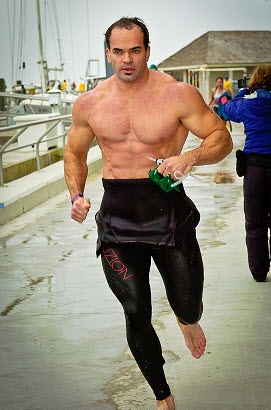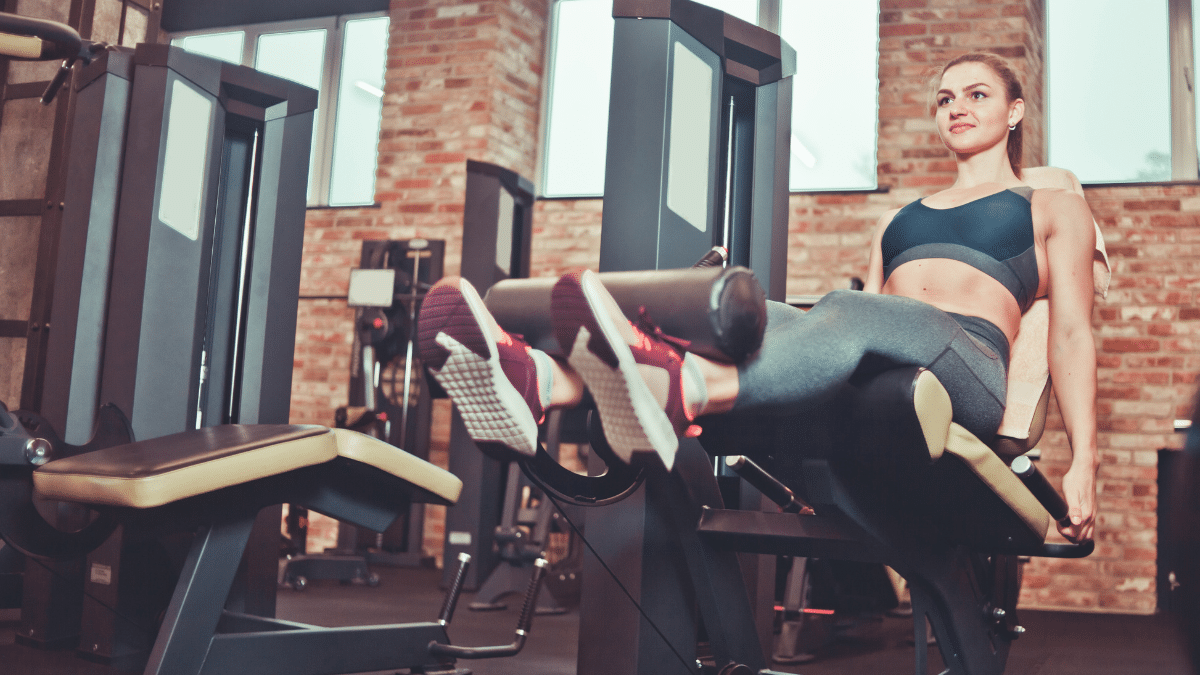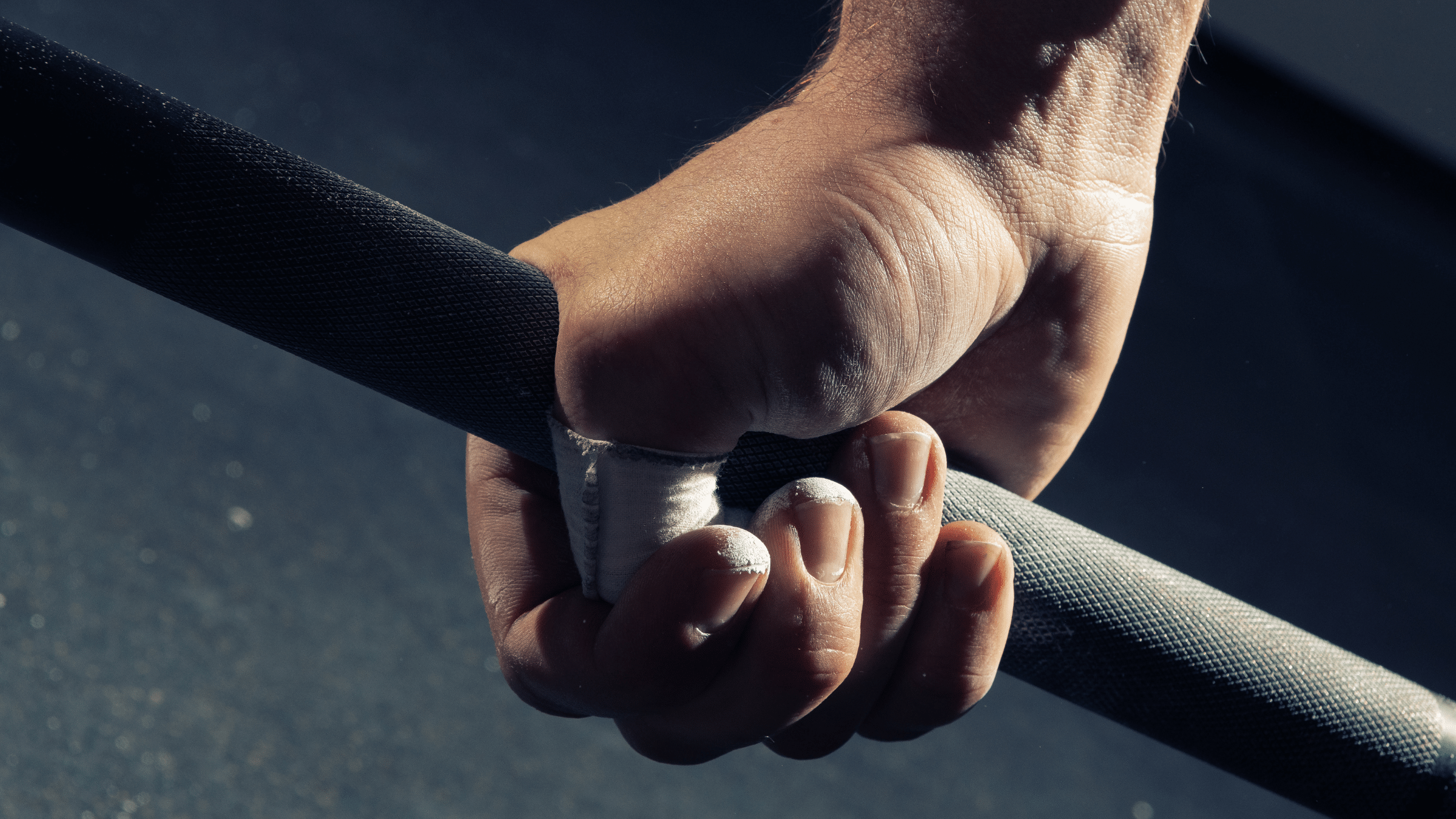The strength and fitness worlds have, unfortunately, fallen prey to cardio fear-mongering, and I think that’s to their detriment. At this point, it should be indisputable that aerobic training can improve almost every major marker of health, however, I think that it might actually improve your strength and size gains (or, at the very least, not hurt them) as well.
Short-Term
For starters, we don’t really have to guess about the short-term effects of cardio on strength and size gains. I’ll give you the cliff notes.
1) You can still get bigger and stronger with doing strength training and cardio simultaneously.
2) In the short term, concurrent training (cardio and lifting together) is about 31% less effective for hypertrophy, and about 18% less effective for strength.
3) Frequency and duration of aerobic training affected strength and hypertrophy gains – more frequency and volume of aerobic training meant smaller strength and size improvements.
4) When looking at the data more closely, mode of exercise mattered. Running, but not cycling, negatively impacted strength and size gains.
So, there’s one major takeaway here – aerobic training does not hamper strength training in and of itself. The effect starts materializing when it begins causing additional stress to the muscles and soft tissues. Running, with its impact element, affected strength and size gains especially as volume increased, whereas cycling didn’t. I’d venture that the oldschool bodybuilding staple of incline treadmill walking would also have minimal effects, just like cycling, due to its minimal impact, and hence its minimal addition to training stress.
If your choice of cardio is 1) low impact, and 2) not overboard on volume and intensity, you shouldn’t have to worry about it negatively affecting your training or your results. There’s also a strong vein of broscience suggesting that low intensity steady state cardio may actually aid in recovery from workouts by promoting blood flow to the muscles without causing further damage. It makes sense intuitively (and I’ve noticed it to be true in my own training), though there’s not any studies confirming it at this time.

Long-Term
So, short term, running for hours on end all the time may not be the best idea, but a reasonable volume of low impact stuff is fine. But what about long-term effects? This is where the potential benefits come in. This part is a little more theoretical, but also a lot more exciting.
For starters, there’s preliminary evidence that aerobic training increases intra-muscular DHT conversion. For those of you who clicked on the study, yes, it’s in rodents, so I realize that we can’t put TOO much stock it in. However, the potential implications are huge, especially for drug-free athletes. Not to mention – the training protocol wasn’t anything crazy: 30 minutes, 5x per week.
DHT is a derivative of testosterone which binds more readily to androgen receptors and stays bound for longer – allowing it to exert its anabolic effects for a longer period of time. The linked study found that aerobic exercise can increase the activity of the enzyme that converts testosterone to this more potent andogen, without altering the levels of the sex hormones in the blood. Essentially, if this finding holds true in humans, it means you can get a lot more “bang for your buck” from the testosterone you produce naturally. Luckily scientists have begun studies examining the effects of exercise on DHT in healthy humans. Though there’s not a ton of research yet, early studies ARE finding that exercise (in this case, sprints) affects DHT in healthy young people as well, and aerobic training can increase DHT without affecting testosterone in middle-aged men. So, maybe cardio is a little “manlier” than you’ve been led to believe!
Programming
To add a little context to this discussion, we also need to bring up periodization. The effectiveness of any programming is based upon the work capacity of the athlete – the amount of work the trainee can perform and recover from. In all the literature on periodization and program design, one major principle is that work capacity should be built from general to specific. Start with a strong foundation of generally being able to move for long periods of time, progress to more specific movements, and finally work on movements that are highly specific to competition.
In these longer-term programs, building up work capacity at the beginning of the training cycle is necessary for the volume and intensity of training that’s necessary to hit PRs at the end of the cycle. Aerobic work can be used to build up that base.
I’m sure someone will object and say, “well sure, people write about that in training books, but no good strength athletes ACTUALLY train that way.” I suppose no one told Ilya Ilin, Olympic champion weightlifter and one of the greatest strength athletes walking the face of the earth. Near the end of the article: “Ilya has a program that encompassed 10 months and went from swimming and rowing to a gradual inclusion of the lifts, to an ultimate elimination of everything but the lifts and squats.” The Chinese weightlifting team, whose lifters have been winning international competitions like they’re going out of style for the past several years, also jogs or plays aerobic-based sports regularly to improve and maintain conditioning and work capacity. Also sprinters, who are some of the strongest and most explosive athletes pound for pound in the world, get a large portion of their training volume from “tempo runs,” which is basically a fancy way of saying “jogging.”
Body Composition
Next, aerobic training positively influences body composition. Yes, I know, “abs are made in the kitchen.” However, the combination of aerobic and resistance training has been shown to improve body composition moreso than either in isolation. Resistance training increases metabolic rate, while aerobic training decreases hunger moreso than resistance training, which is perhaps what makes the combination especially potent.
With improved body composition comes a host of improved hormonal and metabolic markers. Improved insulin and leptin sensitivity, increased testosterone, lower estrogen (since adipose – i.e. fat – tissue contains the aromatase enzyme which converts testosterone to estrogen), and many more – all of which contribute to an improved biochemical environment for muscle and strength gains.
Counter Arguments and Context
But what about the arguments against aerobic training? All the people crying that your muscle will shrivel up, leaving you skinny fat?
Check their sources. Oh, in spite of a meta-analysis showing that strength and size improvements absolutely occur with concurrent training, they’ll claim that it’s impossible, and cite research from people running for hours and hours each week in a massive calorie deficit. Well sure, in that context, they may be onto something. Starving yourself while putting in 100 miles of road work every week without lifting isn’t exactly ideal for muscle growth or metabolic health. However, in that regard, they’re less prophets and more just stating the obvious while making huge extrapolations.
Remember, we’re not talking about running to purposefully open up a huge calorie deficit. We’re talking about aerobic training, accompanied with strength training and adequate calorie intake, aimed at improving performance. Context is everything. As with most things, the dose makes the poison.
Summing it all up
Hopefully, at the very least, you can walk away from this with the assurance that the worst case scenario when combining strength training with reasonable aerobic training is that you’ll still get bigger and stronger, but perhaps at a slightly slower rate. However, when programmed correctly, it can actually improve your results, and your body composition as well!
Share this around with your cardio-phobic friends. Hopefully they’ll see the light and “cardio” can stop being such a dirty word in the strength and fitness worlds.




